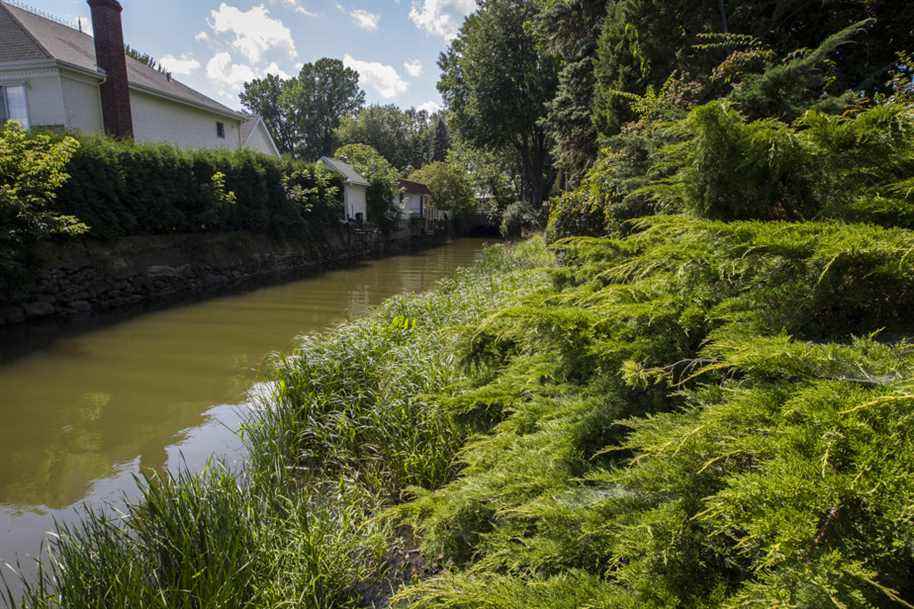Greater Montréal is preparing to protect 22.3% of its territory, in land and wetlands, by prohibiting any construction, structure, work or activity, in particular with the aim of increasing the canopy and preserving threatened species, such as the chorus frog, whose habitat will be completely preserved.
Posted at 1:56 p.m.
Updated at 2:31 p.m.
A total of 53,435 hectares, an area equivalent to the island of Montreal, are thus protected on the territory of the Metropolitan Community of Montreal (CMM), which made the announcement Thursday during a press conference. .
“This is an important announcement because our citizens are asking us to take action to protect the environment, to fight against climate change,” said Valérie Plante, Mayor of Montreal and President of the CMM. “We were all alarmed by the latest IPCC report. The urgency is real, the actions to be taken must be ambitious and fast, it’s happening now. We don’t have time to fool around! »
As revealed by The Press a few weeks ago, several environmental groups were eagerly awaiting this announcement.
The CMM includes the cities of Montreal, Laval and Longueuil as well as 79 other municipalities, from Mirabel to L’Assomption in the northern crown, and from Vaudreuil-Dorion to Contrecœur in the south.
The interim control regulation (RCI) concerning natural environments was unanimously adopted by the mayors of the 82 municipalities on Thursday morning.
The natural environments targeted by the RCI are found throughout the territory of Greater Montreal.



Since 2012, the objective set by the Metropolitan Planning and Development Plan (PMAD) was to protect 17% of the territory by 2031, but the CMM had stagnated at 10.1% for years.
The regulation will come into force as soon as it is approved by the Minister of Municipal Affairs and Housing, within a maximum period of 60 days, but Valérie Plante said she would like it to be ratified more quickly.
The CMM is also asking Quebec for an additional tool: an amendment to the Quebec law on expropriation, which must be modernized so that municipalities can more easily acquire natural environments in order to properly protect them.
By reducing the pressures related to urbanization in the targeted natural environments, this regulation will also contribute to protecting the habitats of various species in a precarious situation, including the least bittern, the American ginseng, unprotected priority floristic occurrences of vascular plants as well as alvars, says MWC. It will also make it possible to protect exceptional forest ecosystems and will contribute to maintaining the balance of the ecosystems and the biological diversity of the territory.
Could this regulation oblige the rehabilitation of natural environments of interest that have been destroyed, such as this wetland in Longueuil, which sheltered one of the last habitats of the chorus frog, backfilled by the Canadian National (CN), as revealed by The Press this week ?
“Unfortunately, it is not possible to restore the environment to guarantee the return of the chorus frog, it is deplorable,” replied the mayor of Longueuil, Catherine Fournier. “We cannot go back to the past, but we are currently acquiring robust tools to enable us to guarantee the survival of the species in the future. »
Learn more
-
- 3313
- Number of hectares of chorus frog habitat that will be protected by the new regulations.
Metropolitan Community of Montreal

